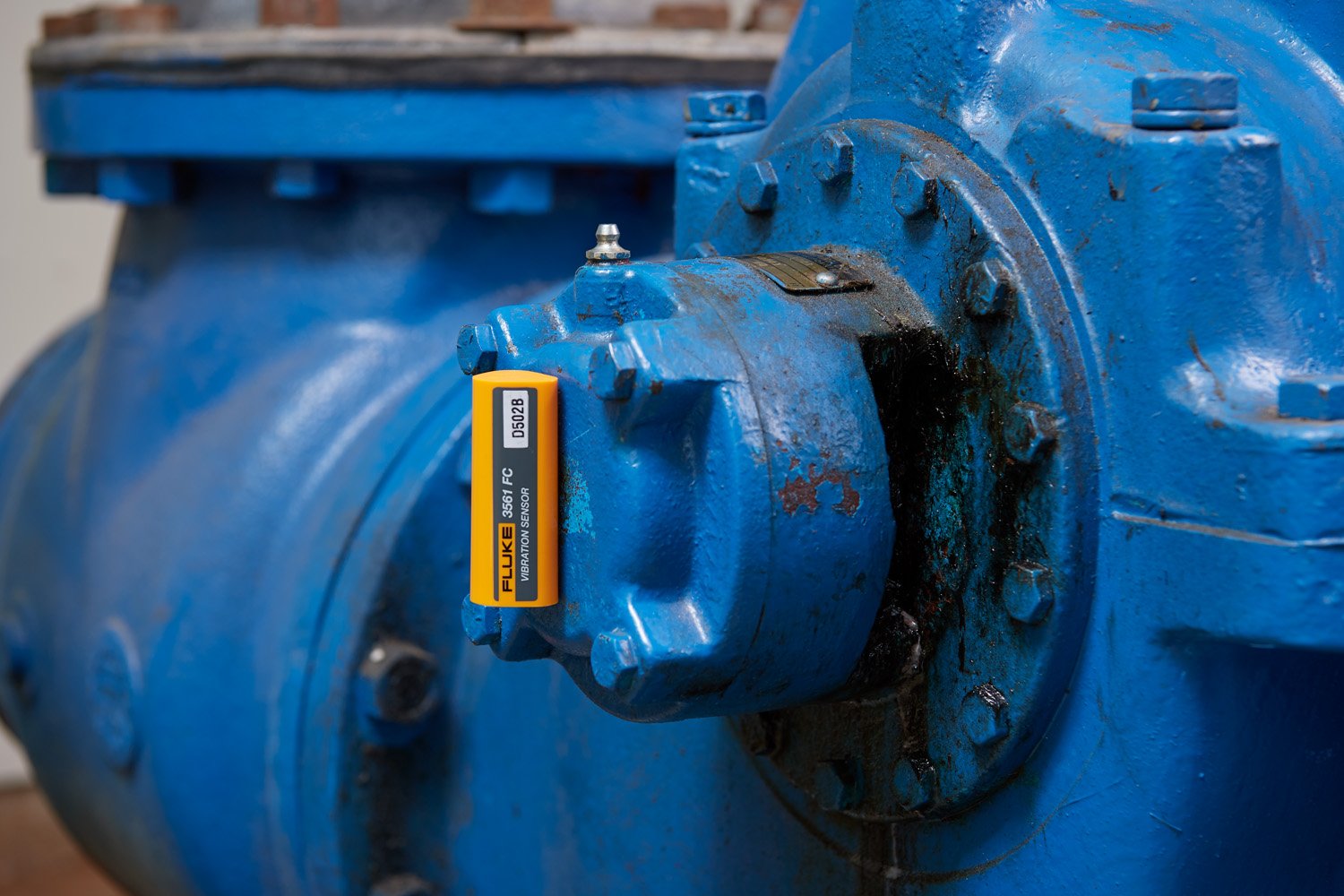Rotating machinery can be some of the riskiest equipment you work with. Keep everyone safe around dangerous machinery with these three tips:
- Limit time close to rotating machinery.
- Know what machinery is faulty before a hazardous condition occurs.
- Increase preventive maintenance routes.

1. Limit time close to rotating machinery
When working near rotating machinery, always be careful of moving shafts and other components and whenever possible work away from potential dangers. Adding wireless tools to your arsenal is also a good way to distance yourself from rotating machinery.
Beyond following PPE guidelines, making sure you don’t have any dangling lanyards or necklaces on yourself or your tools. These can get caught up in the rotating part of the machine. If your equipment needs cables or attachments, make sure they’re equipped with the proper breakaways in case a cable is dropped into a moving shaft.
Anytime you can, avoid getting too close or touching a moving shaft. Instead of using a tachometer, grab an 820-2 LED stroboscope to measure rotation speed. Freeze the movement of a machine without needing to stop it.
Limit the amount of time you spend close to rotating machinery or in full PPE by using wireless tools and wireless sensors whenever possible. A wireless tool allows you to step away from the work area to go over the measurements. And a wireless vibration sensor remotely captures simple vibration screening data on imbalance or misalignment over time.

2. Know what machinery is faulty before a hazardous condition occurs
Quickly evaluate the risk associated with machine faults. Throughout your preventive maintenance rounds, if you notice a change in the severity of a machine fault, you’ll need to be able to quickly determine whether the fault is moderate or extreme.
- Moderate fault: could have months to go
- Extreme fault: could go at any time
Using the information gathered regularly during these inspections can help stop a catastrophic failure. With the stroboscope, wireless tools and vibration meter on hand, you can diagnose and repair problems early.
3. Increase preventive maintenance routes
Preventive maintenance is worth the time. Using a vibration meter, like the Fluke 805, can help you stay on top of faulty machinery. Take the extra time to verify machine conditions haven’t deteriorated and look for early warning signs. The 805 measures overall vibration as well as specific variables like bearing condition and temperature, to provide a more complete picture.